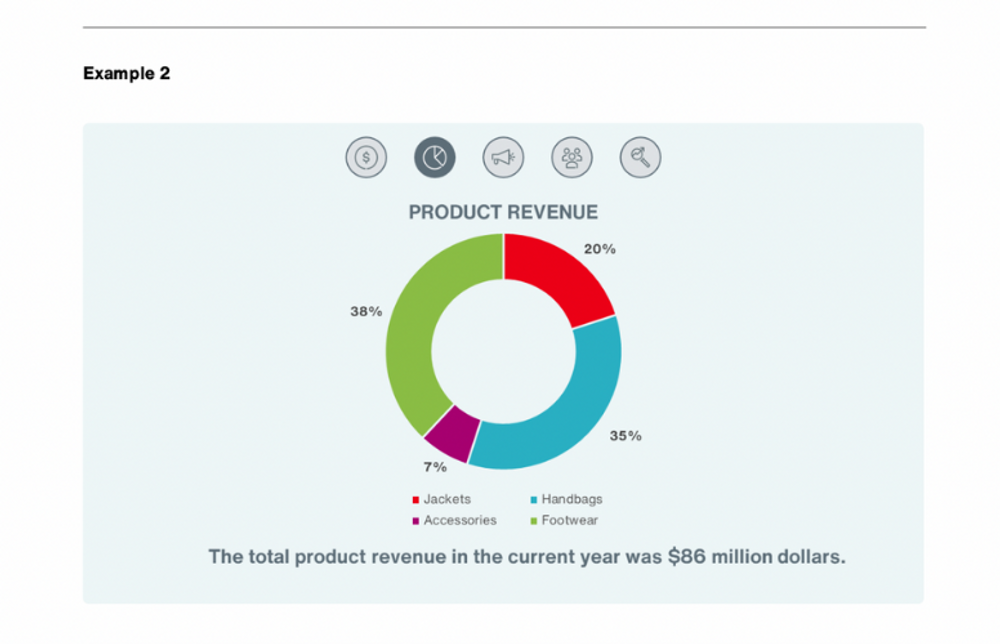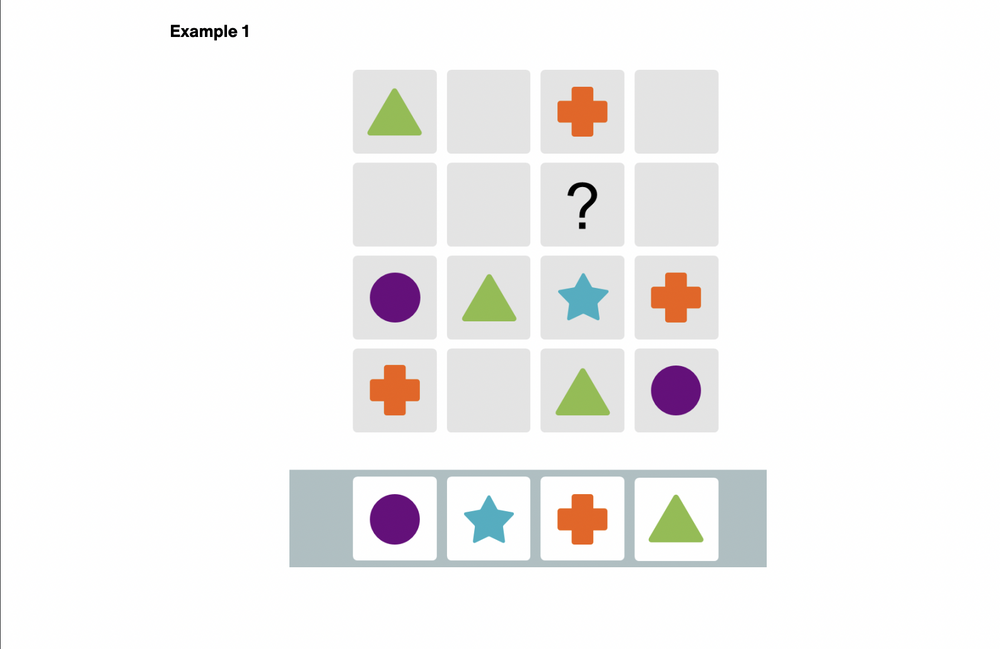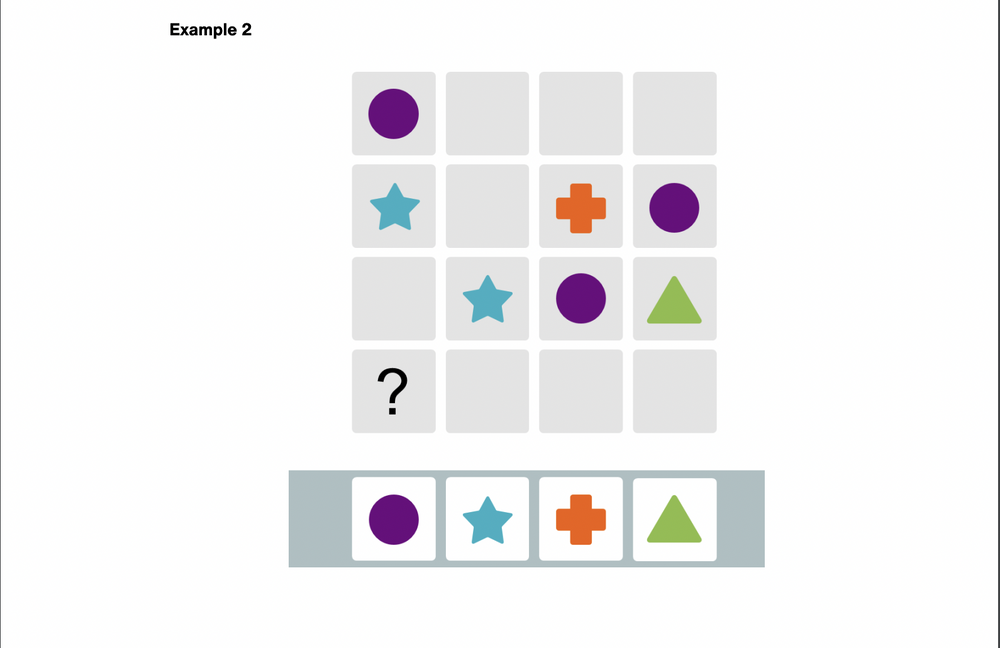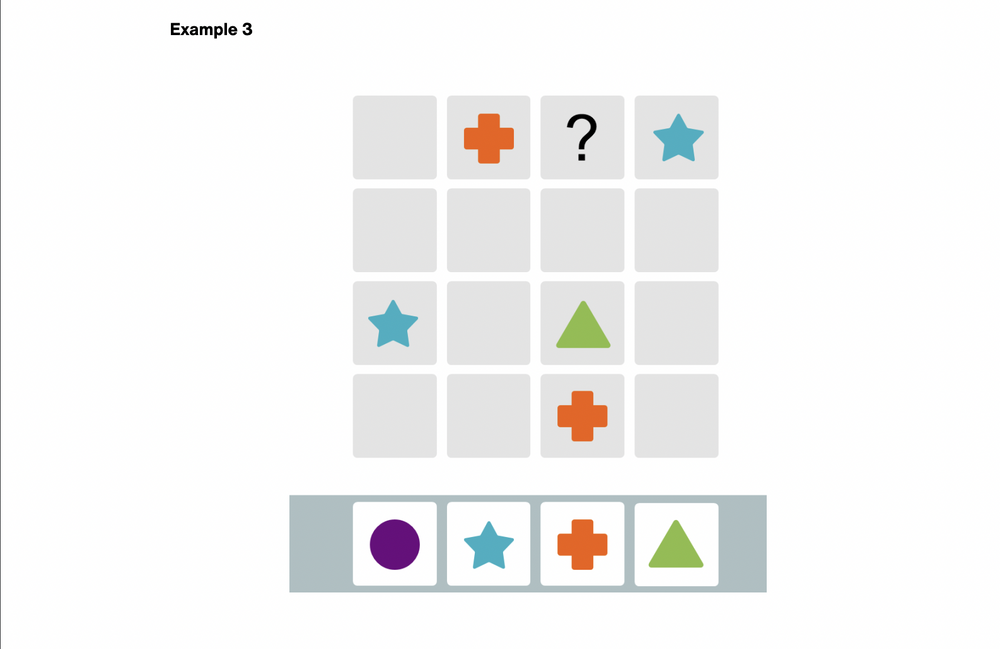UBS is one of the largest global firms that provide financial services and wealth management. With branches operating in over 50 countries around the world, numerous offering perks, and competitive salaries, it is an attractive employer for many graduates looking to work in the financial and banking sectors.
Nevertheless, the firm is well known for its rigorous aptitude tests and multi-round hiring process. In this article, we’ll be providing you with an overview of the UBS hiring process and practice packages to ace its online assessments!
About UBS
UBS AG or UBS Group was established by the merger of two of Switzerland’s largest banks, the Swiss Bank Corporation and the Union Bank of Switzerland. It is a multinational holding engaging in the provision of financial management solutions with headquarters based in Zurich and Basel.
The company currently provides services in the following segments
- Global Wealth Management
- Personal and Corporate Banking
- Asset Management
- Investment Bank
- Corporate Center
With a presence in over 50 countries, it is one of the biggest and most prestigious employers in the investment banking sector.
UBS hiring procedures
With outstanding benefits and attractive working environments, UBS is the destination for many graduates looking for opportunities in the financial field. Accordingly, the hiring process is rigorous and competitive.
UBS provides career chances for university students, career comebacks, recent graduates, and experienced professionals.
The UBS Graduate Talent Program offers undergraduates and graduates the chance to learn and get trained in investment banking, asset management, or corporate banking. The hiring timeline and eligibility requirements are different across the four hiring regions APAC, Switzerland, UK and EMEA, and the US.

University students and MBA candidates can also join a variety of other hiring programs at UBS such as MBA Associate Programs, Summer Internship Programs, and Off-Cycle Internship Programs.
Before becoming new hires at UBS, candidates for recent graduate programs and experienced professional positions must go through a 4 round hiring process. Nevertheless, you may have to go for an additional online assessment alongside the existing one, depending on the role you have applied for.
In general, the hiring procedure consists of the following processes:
- Online application
- UBS Culture Match
- Cognitive Assessments
- Coding Challenges (specifically for technical roles)
- Video Interviews (Sonru video interviews)
UBS online assessments
Before proceeding to the UBS online assessments, you must pass the online application. You must submit your online application via UBS’s official job board. Once get approved, you will receive an invitation to complete the online assessments.
These online assessments are psychometric tests of numerical, verbal, and logical reasoning. UBS numerical and verbal reasoning tests measure your ability to draw logical conclusions from complex information. Meanwhile, logical reasoning assessments will ask you to find logical rules in patterns of symbols and apply them to a different set of patterns.
UBS previously used CEB/Gartner (SHL) tests in its hiring procedures, but recently it has switched to AON assessments.
UBS numerical reasoning tests
In this assessment, you will receive instructions along with some example questions that you can retake as many times as you wish before getting down to the actual assessment.
In the real test, there are multiple data sheets providing information in numerical forms and a series of statements. Your job is to evaluate these statements with regard to the information on the data sheets.
One thing to note is one datasheet can be used for different statements and that you can only refer to that one datasheet for the following statements. Each statement has three answer options: True, False, and Cannot Say. The UBS numerical tasks allow the use of drafts and calculators.
Below are some examples from the UBS numerical assessments’ provider - AON Assessments.
Example 1:

Statement: In Fiscal Year 8, research costs amounted to over $7 million dollars.
Question:
A. True
B. False
C. Cannot say
Answer: True
Explanation:
The answer can be found by locating Research and Year 8 in the table. Here you can see that the costs amounted to 7,256.
We can also see that the numbers are provided in thousand US Dollars, therefore you need to multiply the given value by 1,000. The result is 7,2 million, thus the statement is correct.
Example 2:

Statement: Footwear and Accessories have a combined product revenue of $32 million dollars.
Question:
A. True
B. False
C. Cannot say
Answer: False
Explanation:
You first need to identify the relevant information in the chart – Footwear and Accessories are two separate pieces of the chart.
You can see calculate that these total 45% of Product Revenue (38% + 7%).
Beneath the chart, you can also see the total Product Revenue is $86 million dollars.
From here, you can calculate the exact amount, which is 45% of $86 million dollars, which is 38.7.
However, it may be quicker and easier to estimate the value. 45% is almost 50%, which is half the overall figure. 50% of $86 million is $43 million dollars. This is quite different from the $32 million dollars in the statement.
As such, this statement is likely to be false.
Example 3:

Statement: Footwear and Accessories have a combined product revenue of $32 million dollars.
Question:
A. True
B. False
C. Cannot say
Answer: Cannot Say
Explanation: The table does not provide data for fiscal year 3 and therefore we cannot say whether the revenue from Accessories was 6% higher in fiscal Year 6 than in fiscal year 3.
Remember, all information can be found on a single data sheet – you do not need to compare data across multiple sheets of information.
UBS verbal reasoning tests
This test measures your ability to analyze and understand written information, and evaluate whether the given statements are true.
In the real test, you are presented with different data sheets containing verbal information. Following each datasheet, there is a series of statements with each having three answer choices True, False, and Cannot say.
For a better visualization of what the test looks like, here are several verbal question examples provided by AON Assessment.
Example 1: About the company
History: Puccia is a family-owned fashion company founded in Milan, Italy, that has been operating for 40 years. The business started with the selling of imported leather goods to wealthy clients and after the business grew, the family decided to make their own leather goods. Their product line started with handbags followed by footwear, accessories, womenswear, and menswear.
Operations: Since Puccia began the company has grown to operate in over 300 stores globally and employs 12000 employees. Its headquarters are in Milan, Italy.
Statement: The company started their business selling different products made of leather, which they sourced outside of Italy.
Question:
A. True
B. False
C. Cannot say
Answer: True
Explanation:
The highlighted sentence clearly states that the business started by selling imported
leather goods. “Leather goods” has a similar meaning as “different products made of leather”, and that they were “imported” implies that they were “sourced outside of Italy”.
Example 2: Values
Be bold - Like our designs, we are bold in all aspects of the work we do. We dare to think differently and embolden everybody to do so themselves.
Be brave - We show courage in our work. We believe in taking risks, dauntlessly challenging the status quo, and sustaining our values.
Be trustworthy - We work as a global, connected team of exceptional individuals, and to operate effectively we depend on our colleagues.
Statement: Puccia’s values include leaving known paths and trying new ways
of doing things.
Question:
A. True
B. False
C. Cannot say
Answer: True
Explanation: Puccia’s values state that they “dare to think differently” and “challenge the status quo”. Both refer to behavior that embraces new and unusual ideas and actions. “To leave known paths and try new ways” has a similar meaning.
Example 3: Corporate strategy
Overall aim: Puccia’s aim is to create luxury products that make consumers feel special.
New direction: Since the arrival of a new Creative Director, the brand has decided to broaden their target consumer and are creating a unisex range. They also plan to reduce waste and increase their sustainability efforts.
Long-term: It is believed that Puccia will eventually sell the business in the next 5 years and is making strategic decisions that align with this.
Statement: The new Creative Director of Puccia initiated a new direction, which states that the business is planning to reduce waste.
Question:
A. True
B. False
C. Cannot say
Answer: Cannot say
Explanation: We cannot say with certainty whether the business’s decision to reduce waste was initiated by the new Creative Director. The passage only says that they introduced the new direction at a similar time as the arrival of the Creative Director, but neither a direct connection between waste reduction and the “New Direction” initiative is mentioned, nor is it stated who was responsible for initiating it.
UBS logical reasoning tests
In this test, you will be taking AON inductive reasoning (ix) and deductive reasoning (gapChallenge).
- For the inductive questions, you are presented with a series of 9 objects. Each object follows a governing rule with the exception of one. Your job is to identify which one doesn’t belong to the pattern. Each administration includes 20 items that are in increasing difficulty.
- For the deductive questions, you are presented with a 4*4 or 5*5 grid. Some of the squares in the given grid have shapes while others are blank. The test will provide you with a series of answer options, and your job is to determine which figure fits the square with a question mark. The test difficulty may increase as you progress toward the end.
For a better understanding of these tests, here are some examples for you.
Example 1 (inductive reasoning):

Answer:

Explanation: The rule in this sequence is that each triangle is rotated 90 degrees to the right. The triangle selected does not comply with this rule because it was rotated to the left instead.
Example 2 (inductive reasoning):

Answer:

Explanation: The rule for this sequence is that the boxes follow this pattern: one line, one line, two lines. The selected box does not comply with this rule because it shows one line instead of two.
Example 3 (inductive reasoning):

Answer:

Explanation: The rule in this sequence is that all shapes must contain a second shape that fits entirely inside of it. The selected image does not comply with this rule because the rectangle is partially outside of the oval.
Example 4 (deductive reasoning):

Answer: Circle
Explanation: The question mark is in the third column, which already contains three out of the four items: cross, star, and triangle. The only one missing is the circle, which is the correct answer.
Example 5 (deductive reasoning):

Answer: Triangle
Explanation: The question mark is in the first column, which has two missing shapes: cross and triangle. When cross-checking with the third row, it becomes clear that this row is still missing a cross while it already contains a triangle This means that only the triangle can be placed in the square of the question mark.
Example 6 (deductive reasoning):

Answer: Circle
Explanation: The question mark is in the third column, which has two missing shapes: star and circle. When cross-checking with the first row, it becomes clear that this row already has a star, which only leaves the circle as the correct answer.
Other UBS application processes
UBS Culture Match
Prior to taking the cognitive assessments, you’ll be taking the UBS Cultural Match. This test presents you with 15 realistic yet hypothetical work scenarios that have happened. These scenarios aim at evaluating how much of a fit you are to the UBS culture and values.
Each scenario features a short video and a textual description that is followed by a list of actions. Your job is to rank these actions for the most and least effective responses.
For the successful completion of this assessment, it’s recommended to know well the key areas that UBS is looking for in a candidate. These should align with their 9 core values and competencies.
- UBS Pillars (“What we’re built on”): Capital strength, Simplification and efficiency, and Risk management.
- UBS Principles (“What we stand for”): Client centricity, Connectivity, and Sustainable impact.
- UBS Behaviors (“How we do it”): Accountability with integrity, Collaboration, and Innovation.
Sonru video interviews
The UBS Sonru interview includes questions simulating real-life responses. They may include personal and professional questions involving your experience. Here come some examples for your reference.
- Tell us about yourself.
- Tell us the toughest challenge you’ve faced.
- Tell us about a time you had to deliver disappointing news.
- Tell us about a time you had to explain something complex.
- Tell us about something not on your resume.
Practice UBS online assessments with MConsultingPrep
Discover MConsultingPrep’s Aptitude Test practicing platform with
A question bank of 1400+ aptitude questions (Numerical, Verbal & Logical)
A comprehensive explanation of every question
Evaluation and recording tools for performance reviews
With our test packages, you can practice more strategically and gain more confidence for every test question you might encounter in your future aptitude tests.
Our extensive aptitude question bank covers a large number of item variations in Aptitude Tests in the pre-employment process across different companies & businesses. With questions categorized in types, you can
Focus on practicing questions in specific types
Improve your performance in questions that you struggle with
With evaluation tools coming in handy, you have better insights into your overall performance, what you excel at, and what you need improvements on.
You can sign up for our various mock tests here to see how our tests work.
/filters:quality(75)//case_thumb/public/1699589977462_aptitude_tests_package_4_x.png)